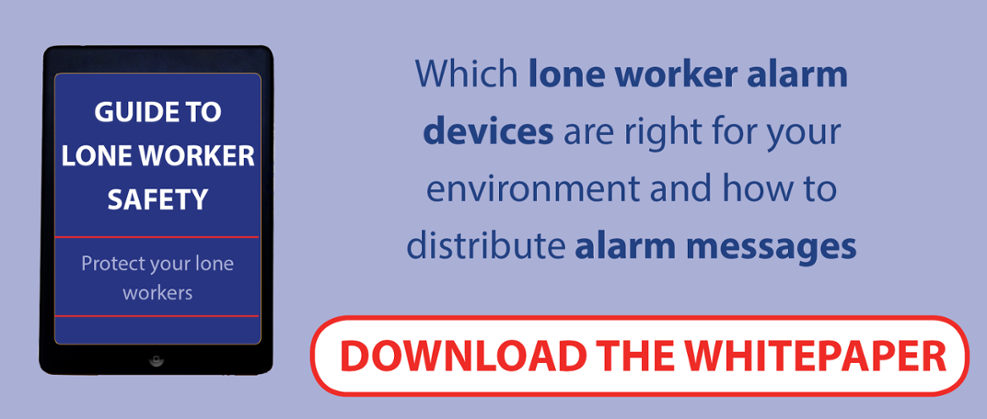
The number of people in the UK classified as lone workers is growing rapidly. Whilst industries such as manufacturing and production present the most obvious risk to workers that operate alone in remote locations, the welfare of the ‘accidental’ lone worker and lone workers in less obvious industries are now proving a common corporate oversight. With estimates suggesting there are now more than six million lone workers in the UK, it’s reassuring to know that their safety can be supported by the effective deployment of innovative communications technologies.
The Lone Worker challenge
Schools host a series of unpredictable lone worker circumstances. Either a school liaison officer scheduled to visit the home of a troubled student with a history of violent outbursts, or a parents evening meeting that is thrown into disarray when one parent becomes aggressive toward a teachers assessment of their child’s behaviour, can spark some startling scenarios that represent some of the formidable challenges facing teaching professionals today. More than half of teaching assistants have experienced violence in the classroom over this past year, involving staff being ‘kicked, punched, slapped and insulted verbally by children’. Unfortunately, countless schools do not currently have the tools necessary to help protect teachers during such attacks – however; this is not to say that schools are completely oblivious to the risks inherent within the profession.
Strategic steps to Safety
Many schools and organisations have implemented intricate strategies in a bid to protect their staff and pupils from any danger, such as:
- Calculating the Risks that Teachers are most susceptible to
Some schools have recognised that many of the daily interactions between teachers and students fall under the category of ‘lone working,’ which The Health and Safety Executive (HSE) defines as follows: ‘Those who work by themselves without close or direct supervision...’
- School bell system
Whilst effective in drawing attention, the bell system is not necessarily suitable for every scenario. For example, the teacher confronted by a volatile student needs something quick and accessible that cannot be easily detected by their aggressor.
- Contingency plan
An outline for teachers highlighting what steps to take in the event of an emergency. For example, many guides stipulate that in advance of working alone, the staff member should alert their line manager and make an assessment of their surroundings and identify any potential risks, i.e. students with a documented history of violence or physical and verbal intimidation.
Although these strategies assist teaching professionals in the safety of their duties, such procedures can overwhelmingly place the onus of responsibility onto teachers directly; many of whom are already overstretched with deadlines and lesson preparation.
Future technologies in education
Other professionals, in different industries, who regularly interact with potentially hostile members of the public, have harnessed a panic button and alarm technology system. For protection, staff can carry a small panic button, which can operate as an app installed on the user’s smartphone. When pressed, the panic button triggers an alert that notifies colleagues of a mounting incident. The dispatched alarm then carries with it details of who triggered it, their GPS location, and also a live audio recording that allows colleagues to listen in and assess what course of action needs to be taken. The feedback from users of this technology has been particularly effusive, with many citing the peace of mind and confidence the solution gives them when conducting their professional duties.
We can all agree that teachers and students should not be subjected to demoralising daily abuse that squanders their productivity. As organisations face up to the reality of the dangers present for lone workers, as well as their duty of care to their employees in an increasingly regulated workforce environment, the need to equip both actual and accidental lone workers with the most appropriate systems of communication is considerable. With alarms technology increasingly available and already being utilised in industries where staff regularly face obstructive behaviour, the question must be asked, why can’t teachers be afforded the same level of protection?




